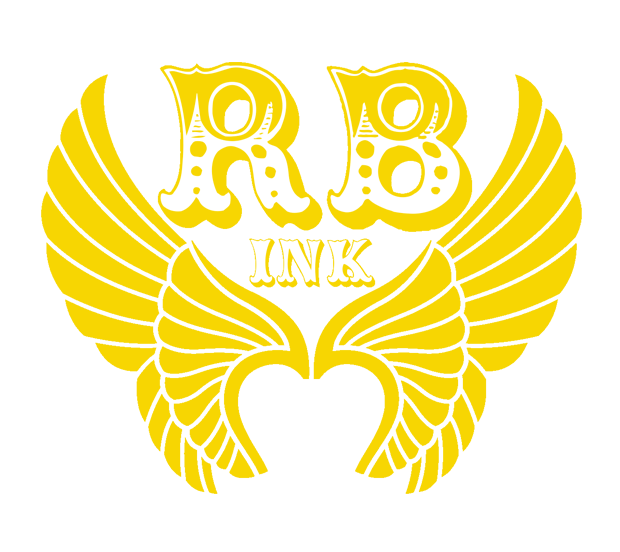AFTERCARE FOR TATTOOS
If you have any questions about your tattoo or the healing process,
please call (917) 675-7608 or e-mail info@rbitattoo.com
THINGS TO DO:
Always wash your hands before touching your tattoo!
- If your artist applied Saniderm bandage, please click on the link and watch the video and follow the instructions. Do not leave for more than 48 hours.
- Link to Guide: https://saniderm.com/how-to-use/
When you get home: Remove bandage within 2-3 hours after getting your tattoo. Do not re-bandage ever again!!!
- Wash your tattoo with an anti-bacterial liquid dial gold soap. Wash generously with sterile clean hands and cool water. Do not use a washcloth or anything that will exfoliate your tattoo, however, don’t be shy or afraid to lather, foam, and clean your tattoo… The key is to wash it to the point that you are removing any pre-existing ointment, blood, and build up of natural bodily fluids. You want to clean it and imagine starting each day and night with a clean sterile tattoo. Only wash TWO TIMES A DAY. Do not excessively wash your tattoo.
- Gently pat your tattoo dry with a clean cloth or paper towel. Do not rub, or use a fabric with a rough surface.
- For the first 3-5 days: Rub a small amount of Aquaphor or Redemption ointment 4 times a day, in thin light coats. It shouldn’t be greasy or thick, LIGHT!!! Do not use any other product but Aquaphor or Redemption.
- Wear clean, soft clothing over your tattoo for the first 2 weeks– nothing abrasive or irritating.
- After the first 4-5 days switch to using a water-based nonscented lotion. At this point you want your tattoo to be on the dryer side so it can heal and not be over saturated and over hydrated. Oxygen heals keep that in mind.
- Once your tattoo begins to peel, continue using lotion as directed, do NOT PICK OR MASSAGE PEELS AND SORE AREAS, LET THEM TAKE THIER COURSE AND FALL OFF NATURALLY. This is normal! Do not pick at the skin.
- If your tattoo is fully peeled and areas look like dried glued aka milky white, this is an indication that your tattoo has been overly hydrated. Moving forward cut back off the ointment and only hydrate once a day. Allow your skin to dry up and fully mature.
- Most tattoos take 2 weeks to heal sometimes 3-4 weeks to fully settle in and subdermal scaring to subside, at the end of the day it is a scar! . A tattoo is truly healed, protected, and sun-ready after two months. We don’t suggest any other methods of healing!
- After a full month of healing we suggest 50 SPF sunscreen daily… or when you go on vacation 5 times a day and use a non alcohol based sunscreen, Do NOT use spray-on sunscreens as this will dull your tattoo over time.
- It’s simple, don’t fuck it up!
THINGS TO AVOID:
- Do not pick, scratch, peel, slap, rub or irritate your tattoo.
- You can shower, but you may not soak your tattoo for 2 weeks. No swimming, soaking or hot tub.
- You may not expose your tattoo to the sun for at least 3 weeks, after that you must use sun block.
- Do not wear abrasive materials, jewelry, or shoes that rub against your tattoo.
- Do not let anyone touch your tattoo unless they wash their hands.
- Beware of gym equipment, wash it well before using it.
- Don’t be an idiot take care of your tattoo.

